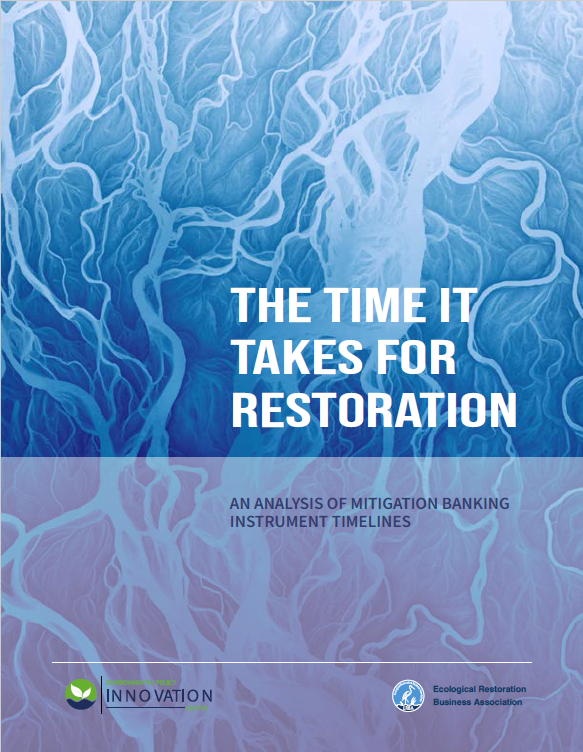Discover More

Increasing the efficiency of land transactions

Navigating Green Infrastructure Maintenance with Capitalized Establishment Costs

Water Systems in Southeastern Pennsylvania Face Challenges in Accessing Public Funds for Infrastructure

JournalAWWA: Raising Consumer Confidence in Water Quality

How water service boundary data advances environmental justice and climate resilience

The Time it Takes for Restoration: An Analysis of Mitigation Banking Instrument Timelines

Moving Wildlife

HB94: Expanded Use of the Maryland Water Quality Revolving Loan Fund

From the ground up: A guide to replacing the nation’s toxic lead pipes over the next decade

A Fairer Funding Stream

Advancing Equity, Climate Action, and Economic Health in Communities

Recommendations to NASA: How to Expand Reach to Environmental Justice Leaders

Environmental agencies need more modern approaches to data and technology - a Digital Service for the Planet can help.

Investing in America’s Onsite Wastewater Treatment Systems for Equity and Sustainability

Tap into Innovation to Replace Lead Pipes

Uncommitted State Revolving Funds

2022 Maryland Conservation Finance Act Support Letters
The Maryland Conservation Finance Act is a variety of tweaks to authorize new, simpler contracting approaches and attract more private investment in conservation. These letters showcase the bill’s broad support.

2022 Maryland Conservation Finance Act Explainer
The Maryland Conservation Finance Act is a variety of tweaks to authorize new, simpler contracting approaches and attract more private investment in conservation. This publication explains each section of the bill.

Financing Green Stormwater and Natural Infrastructure with Clean Water State Revolving Funds
In this report, we examine Clean Water State Revolving Fund-financed investments in green stormwater infrastructure and natural infrastructure, which mimic or utilize natural processes to solve water quality and stormwater challenges. Communities around the country face environmental and health consequences due to failing water infrastructure. The Clean Water State Revolving Fund helps address these challenges by financing projects to improve water quality and public health. Most states and territories primarily invest in traditional gray infrastructure. In comparison to gray infrastructure, green stormwater infrastructure and natural infrastructure are often more cost-effective, climate resilient, and provide a plethora of economic and social benefits. We specifically evaluate investments in green stormwater infrastructure and natural infrastructure between 2016 and 2020 and give recommendations to state agencies and the EPA.

Unlocking Clean Water State Revolving Funds to Finance Resilience Projects Across the Great Lakes Region
Established in 1987, Clean Water State Revolving Fund (CWSRF) have played a key role in improving water quality in the United States by providing more than $145 billion to finance more than 42,800 projects nationwide. This report looks at the current status of how CWSRF dollars have been spent across the Great Lakes states, and proposes greener priorities that would spur transformation in environmental, economic, public health, and social outcomes.

